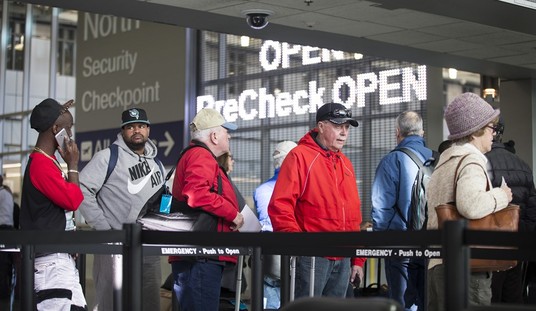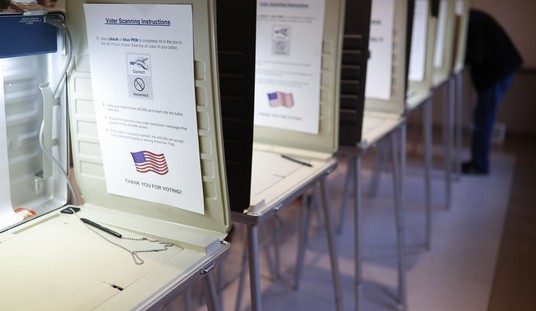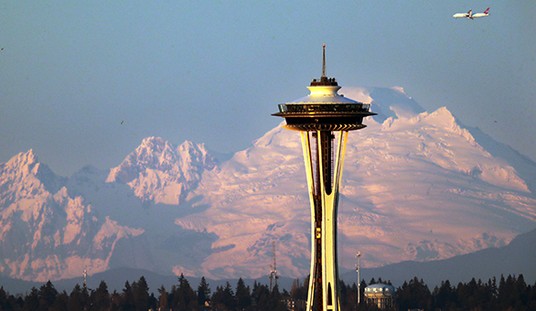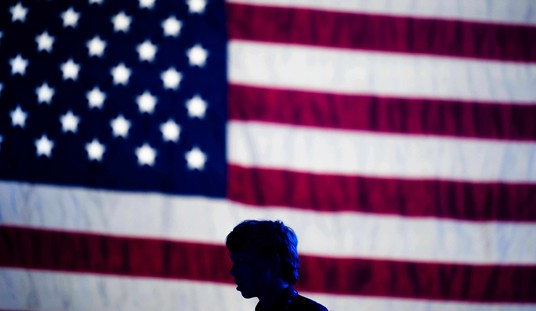In military operations at the operational, that is, campaign level, the ‘culminating point’ occurs when a force on the offensive no longer can continue large-scale offensive operations and must go on the defense. If the force is on the defense, it occurs when counterattacks are no longer possible. It is the point where what you are doing is no longer a viable option, and you must do something else.
I think we’ve reached that point in the Russian invasion of Ukraine.
Our assessment that the Russian campaign has culminated and that conditions of stalemate are emerging rests on our assessments, laid out carefully in many fully documented reports published on our website (not just maps) and increasingly validated by reports from various Western intelligence communities, that the Russians do not have the capability to bring a lot of fresh effective combat power to the fight in a short period of time. The kinds of mobilizations the Russians are engaging in will generate renewed fighting power in months at the earliest. Unless something remarkable happens to break the stalemate now settling in, the stalemate is likely to last for months. Hence our assessment and our forecast.
And of course we may be wrong. What could happen for that to be the case:
- The Ukrainians could collapse. They could run out of essential materials or will. That appears unlikely based on everything CTP and ISW are seeing.
- The Russians could find a way to cobble together a large enough effective mechanized force to encircle Kyiv, to isolate Zaporizhiya and Dnipro, or to break through the Ukrainian defense lines and take Kyiv by storm. Our assessment is that the Russians do not have the capability to do that based on our study of their performance and of their military’s reserve system. That assessment is the basis for our call that this campaign has culminated. But we could be wrong, the Russians could find a way to build up such a new, effective mechanized force at scale and quickly, and then completely alter the approach they have been taking and launch a sudden and decisive mechanized campaign.
- The Russians could amass enough artillery, missile, and airpower to destroy the Ukrainian forces defending Kyiv and other major cities, allowing the weakened and damaged Russian forces the opportunity to regain the initiative and achieve their objectives. This is the likeliest way our assessment could be falsified, but it is still unlikely. The Russians are showing many limitations in their ability to mass air, artillery, missile, and rocket fires and effects, including suffering from obvious and severe logistical and production problems that they are unlikely to be able to fix rapidly. It is very difficult, in addition, to achieve such decisive effects by fires as to offset the weakness of the Russian mechanized forces against an opponent as determined as the Ukrainians.
What we see on the ground validates this assessment.
NEW: Russia is most likely to draw more troops for war in Ukraine from outside of 🇷🇺: senior U.S. defense official.
Russia has already used 75 percent of its battalion tactical group generation capacity in Ukraine, the official said.
— Jack Detsch (@JackDetsch) March 22, 2022
U.S. has seen no tangible indications of Russia physically trying to resupply nearly 200,000 troops fighting in Ukraine, but 🇷🇺 considering adding more troops & supplies: senior U.S. defense official.
"Clearly they did not properly plan for it," the official said.
— Jack Detsch (@JackDetsch) March 22, 2022
Instead of mobile operations, satellite imagery shows Russian troops digging in.
Russians are digging trenches and building earthen fortifications around its mil equipment northwest of Kyiv .This can be seen from satellite images from @Maxar , according to @HromadskeUA
This is also where long column of Russian mil equipment was seen standing before located pic.twitter.com/jS0UyZGOln
— 7,62 project (@762project) March 19, 2022
— OsintTv (@OsintTv) March 20, 2022
For a broader discussion of what is going on, this is the former commander of US Army Europe (USAREUR), Lieutenant General (ret.) Ben Hodges, giving his assessment.
(Full disclosure: I know Ben Hodges, in fact, he has stayed at my house.)
Neither side can do big things, but both are engaged in local offensive operations.
Ukraine – Confirmation now that Ukrainian forces have liberated Moshchun just east of the Russian FOB near GML Hostomel. This is significant, likely cutting off a northeast resupply corridor and enabling them an eastern offensive axis onto the FOB. https://t.co/cOE9dK833C
— The Cavell Group (@TCG_CrisisRisks) March 22, 2022
80% of Mariupol is destroyed. Putin wants it to choke the rest of Ukraine to death. If he succeeds, Eastern Europe is next…
Short of military engagement we must do everything to stop him… while we still have a chance…
Full sanctions now ! pic.twitter.com/ZBhtz90eas
— Guy Verhofstadt (@guyverhofstadt) March 21, 2022
Russian offensive operations are focused on reducing and capturing Mariupol (see Mariupol Defenders Reject Russian Demand for Surrender Setting up the Largest Siege of a City Since WWII) and linking the Russian fake-states of Donetsk and Luhansk to Crimea. Ukrainian operations are focused on holding ground and cutting Russian lines of communications.
Where the two sides are is roughly analogous to the standoff between United Nations Command and the Chinese Communists between July 1951 and the signing of the armistice. There is jockeying for position and some bloody actions, but the focus has shifted from combat operations to positioning oneself for the endgame. The question is, who has the staying power to force this war to a conclusion on terms most favorable to them?
Ukraine President Volodymyr Zelensky seems to think it is him.
In an earlier post on the negotiations (see Proposed ‘Fifteen Point Peace Plan’ in Russia-Ukraine War Is a Total Defeat for Putin, but Zelensky Is Biding His Time), Zelensky is quoted as saying the negotiations need to continue until the situation is more favorable to Ukraine. However, now he has taken actions that seem more focused on continuing the war while still engaging in negotiations.
On Monday, Zelensky made two critical announcements about the future of negotiations.
First, he announced that any peace deal would have to be submitted to a referendum. In this vote, we’ll get to see if Ukraine is willing to make territorial concessions and accept Russian as an official language alongside Ukrainian.
Second, he made his first demand of the negotiations. Any peace deal will be contingent upon Vladimir Putin agreeing to meet with him to work out the final details.
“I believe that until such time as we have a meeting with the president of the Russian Federation…you cannot truly understand what they are prepared to do in order to stop the war and what they are prepared to do if we are not ready for this or that compromise,” Zelenskiy said in the interview.
…
“I am ready at a meeting with the president of Russia to raise the issue of occupied territories, but I am certain that a solution will not come at this meeting,” Zelenskiy said in his interview.
…
“If people are trying to stop a war, there is a cease-fire and troops are withdrawn. The presidents meet, reach an agreement on withdrawing troops and there are security guarantees of one sort or another,” he said. “Compromises must be found, one way or another of guaranteeing our security.”
Note what else he says in the statement. The withdrawal of Russian troops must accompany any cease-fire, and the status of Crimea, Donetsk, and Luhansk will not be part of any deal ending the war.
If Zelensky can make this stick, the war will be one step short of the Ukrainian Army marching through Moscow, regarding its impact on Putin. As a quick reminder, Putin has stated his war aims several times, and I’ve listed them below.
- The independence of Donetsk and Luhansk.
- Ukrainian recognition of Russian ownership of Crimea.
- The disbanding of the Ukrainian Army (his codeword is “demilitarization”).
- Ukraine renounces ever applying for NATO membership.
- The Ukrainian government of “nazis and drug addicts” be replaced.
If the territorial issues are off the table, the Zelensky government and its army are still in place, and Russian troops are withdrawn, all Putin gets is an agreement on NATO membership that he could’ve gotten without war. The icing on the cake is Zelensky meeting with Putin as an equal. Putin has refused to meet, or apparently speak with, Zelensky since he became president.
No one knows how this war will end up, but as it enters its second month, the odds of Russia achieving its war aims have significantly been reduced. What is apparent is that Zelensky is not acting like a beaten man, and Ukraine is not acting like a defeated country.














Join the conversation as a VIP Member